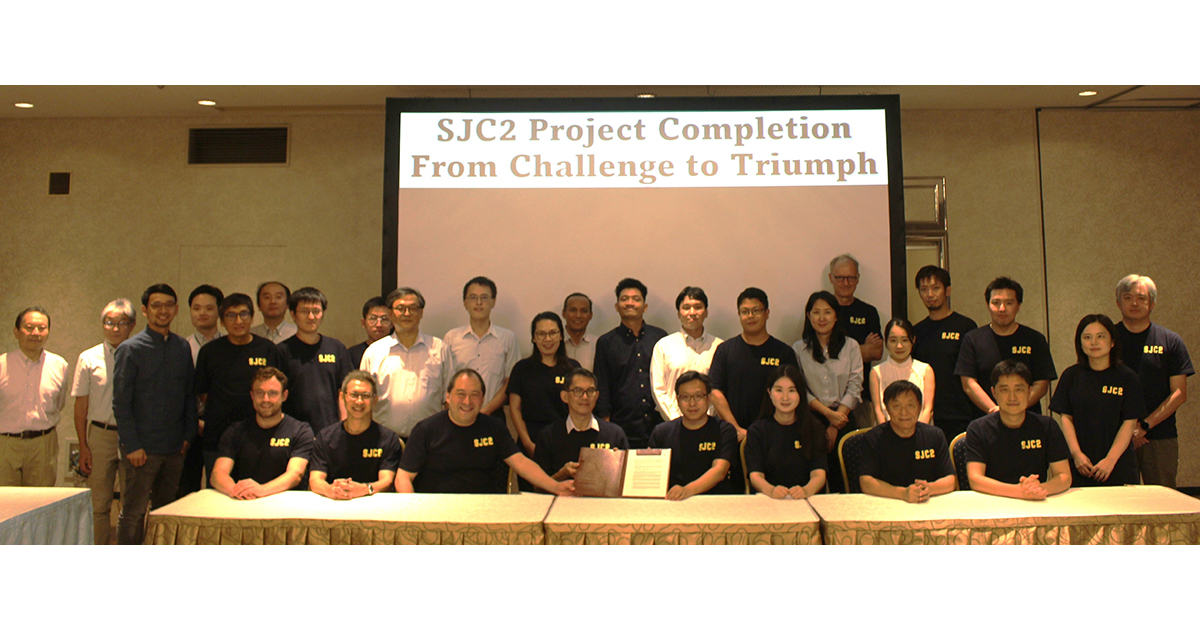SJC2’s main trunk links Singapore, Hong Kong China, and Japan, with additional branches covering other key Asia-Pacific countries and regions. Constructed by NEC, the cable spans a total length of approximately 10,500 kilometers and employs the latest optical wavelength division multiplexing technology, which is capable of transmitting more than 126 terabits per second (Tbps) (*2).
SJC2 enhances submarine cable infrastructure in the region with additional capacity, route diversity, and resilience by strengthening the redundancy of the network to meet the increasing demand for connectivity within Southeast Asia and East Asia. This will contribute to a more stable communications environment to power AI and other bandwidth-intensive applications.
Mr. Meng Fai Yue, Senior Director, Singtel and Mr. Herbert Xiong, Head of Submarine Cables Infrastructure, China Mobile International, the Co-Chairs of the SJC2 Consortium Management Committee, emphasized the strategic significance of the SJC2 submarine cable system, co-authoring a statement saying that, “As a critical part of global digital infrastructure, the SJC2 cable system will boost connectivity in the Asia-Pacific region, delivering unparalleled bandwidth capacity and ultra-low latency to power the next-generation of cloud computing, AI-driven services and real-time data exchange across Asia’s leading economies.”
NEC Corporate SVP and Managing Director of the Submarine Network Division, Mr. Tomonori Uematsu, stated, “In addition to being the supplier of SJC2, NEC has been a leading vendor in the submarine cable system business for more than 60 years. With over 400,000 kilometers of cable laid—enough to circle the Earth approximately 10 times—we have a strong presence in the Asia-Pacific region. In this project, NEC participated as a system integrator, providing everything from the manufacturing of submarine cables and repeaters to route design, installation, and testing. By establishing a highly reliable communications environment, NEC is contributing to the digitalization and technological innovation of countries throughout the region.”
